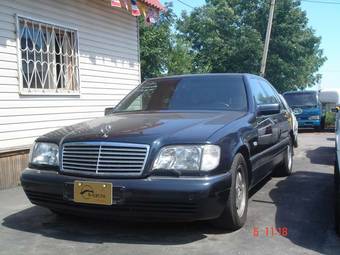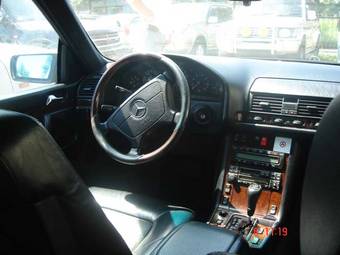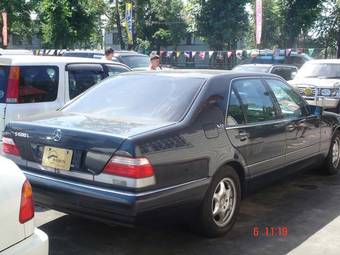1997 Mercedes-Benz S600
Mercedes-Benz S600 Problems
SRS Light on
1993, SRS light on, how can I fix it? I just
purchased this car and is working great;
however...
| Engine size - Displacement - Engine capacity: | 6000 cm3 |
| Transmission Gearbox - Number of speeds: | Automatic |
| Fuel Type: | Gasoline |
| Drive wheels - Traction - Drivetrain: | FR or RR |
| Price (out of date): | $29000 |
1997 Mercedes-Benz S600 specs, Engine size 6000cm3, Fuel type Gasoline, Drive wheels FR or RR, Transmission Gearbox Automatic
|
The name "S-Class" derives from the German word "Sonderklasse" of which "S-Class" is an abbreviation. Sonderklasse means "special class" (or rather: "In a class of its own"), and in automotive terms thus refers to "a specially outfitted car." Although used colloquially for decades, the "S-Class" designation was first officially applied in 1973 with the debut of the W116 model line. Since then, five generations of officially-named S-Class sedans have been produced. Past two-door coupe models of the S-Class became known as the CL-Class in 1998. In early Mercedes-Benz history, the "S-Class" designation was used colloquially, referring to the letter "S" which designated most of the larger six-cylinder powered vehicles in the company's lineup (but not the luxurious V8-powered 600 limousine). In some early cases, as in the "Ponton" model, the "S" was applied to vehicles requiring premium fuel ("Super" in Germany) due to the higher compression ratio and output of the company's top-of-the-line engines. These six-cylinder engines were available in the W180/ 128 chassis lines, Mercedes' first without a conventional frame, using a unitized body/ frame construction. This line was introduced in the mid-to-late 1950s, and came to encompass the 220a, 219 (W105), 220S, and 220SE (sedan, coupe, and convertible) models. Both "Ponton" models were produced through the 1950s. » Read More About Mercedes-Benz S600 |



